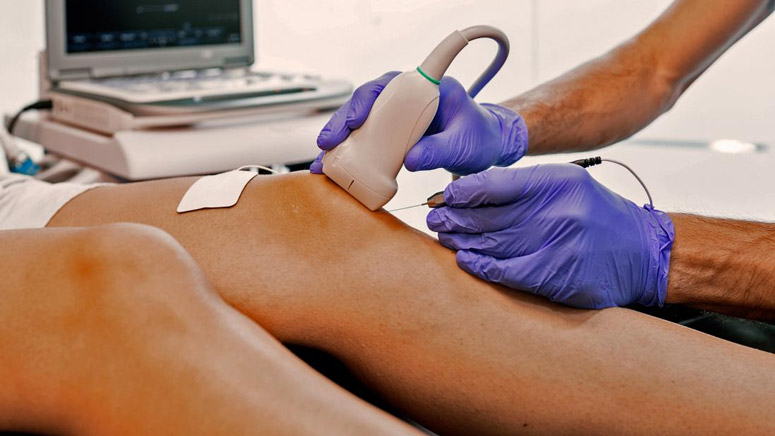Locking of Joint

Your knee is able to move in a range of motions and directions. Flexion and extension are the most common movement of the knee. Flexion is when the knee bends and the bone of the shin travels toward your buttock. Extension of the knee is when the knee is straightened out.
Your knee can lock up (a mechanical block where your knee joint is unable to fully straighten or extend) if the torn part of the meniscus is big enough. [5]
A true lock of the knee happens whenever something in your knee joint is stuck in one position and you can’t move it at all. The joint of the knee is constructed to bend up and down and also allow rotating movement. If something inhibits the mobility of the knee, it might lock and be unable to move. Occasionally it can be quite painful.
The knee then becomes “stuck,” normally flexed between 15 and 30 degrees and cannot go beyond this range most of the time.













